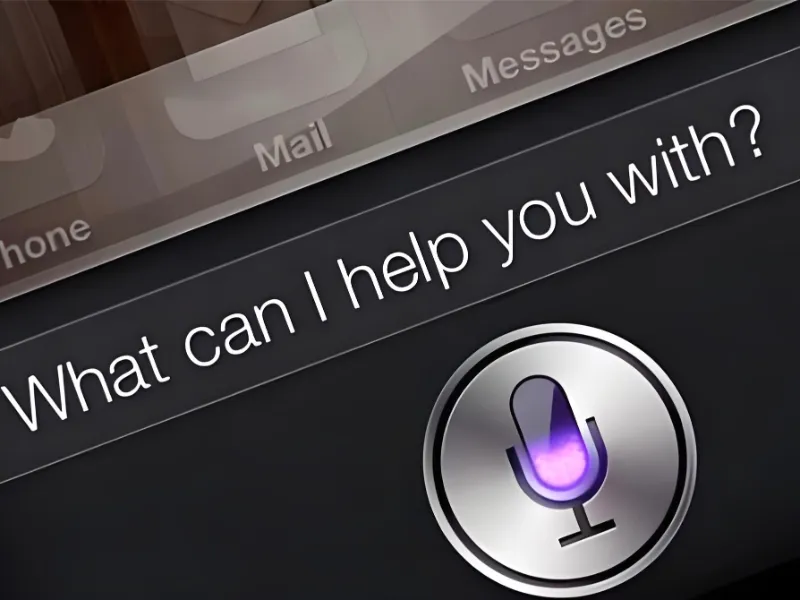- Voice recognition system is a technology capable of converting spoken language into text, analysing and understand speaker’s voice signal.
- Introduction of deep learning models such as recurrent neural networks enabled voice recognition systems to make remarkable progress.
As a cutting-edge technology, voice recognition system is constantly changing the way we live and work. It shows great potential and value in intelligent assistants, healthcare, education and assistive technology, providing users with a more convenient and personalised human-computer interaction experience.
What is voice recognition system
A voice recognition system is a technology capable of converting spoken language into text or commands. Its core goal is to analyse and understand the speaker’s voice signal, identify the text content or execute the corresponding command.
This technology provides people with a more direct and natural way of human-computer interaction, and voice recognition systems are gradually becoming an important part of our daily life and work.
Also read: Apple to enhance Siri with AI in 2025 update
Development of voice recognition system
The development of voice recognition technology dates back to the 1950s, when research focused on acoustics and voice signal processing. Early on, due to challenges such as the complexity of voice signals and ambient noise, the accuracy and practicality of the system are still limited.
In the 21st century, the introduction of deep learning models such as recurrent neural networks (RNN) and short term memory networks (LSTM) has made significant progress in voice recognition systems in voice feature extraction and pattern recognition. In addition, the popularity of cloud computing and big data technology has provided voice recognition systems with larger scale data training and real-time processing capabilities, further promoting its development.
Also read: How exactly does Siri, Apple’s voice assistant, work?
Application of voice recognition system
1. Intelligent assistant: Voice recognition systems are widely used in intelligent assistants such as Apple’s Siri, Amazon’s Alexa and Google Assistant. These assistant systems can perform tasks such as setting reminders, checking the weather, playing music, and controlling smart homes through voice commands, which greatly facilitates users’ daily lives.
2. Healthcare: In the medical field, voice recognition systems are used for doctors’ records and diagnoses, greatly improving the efficiency and accuracy of medical services. Doctors can input medical records and orders by voice, reducing documentation time and focusing on patient care.
3. Education and learning: In the field of education, voice recognition systems can help students with language learning and reading training. For example, voice recognition technology can be used to assess students’ pronunciation accuracy and provide personalised language learning recommendations.
4. Assistance for the disabled: For people with limited vision or movement, voice recognition technology can be an important auxiliary tool. By controlling smart devices and applications by voice, they are able to more easily access information and communicate with the outside world.

